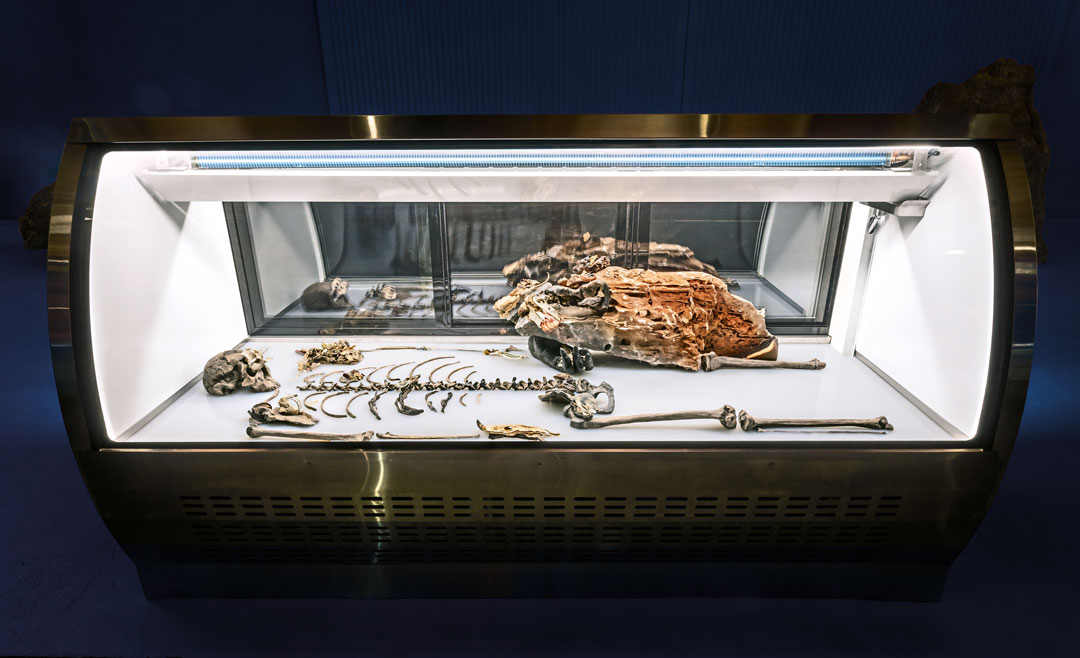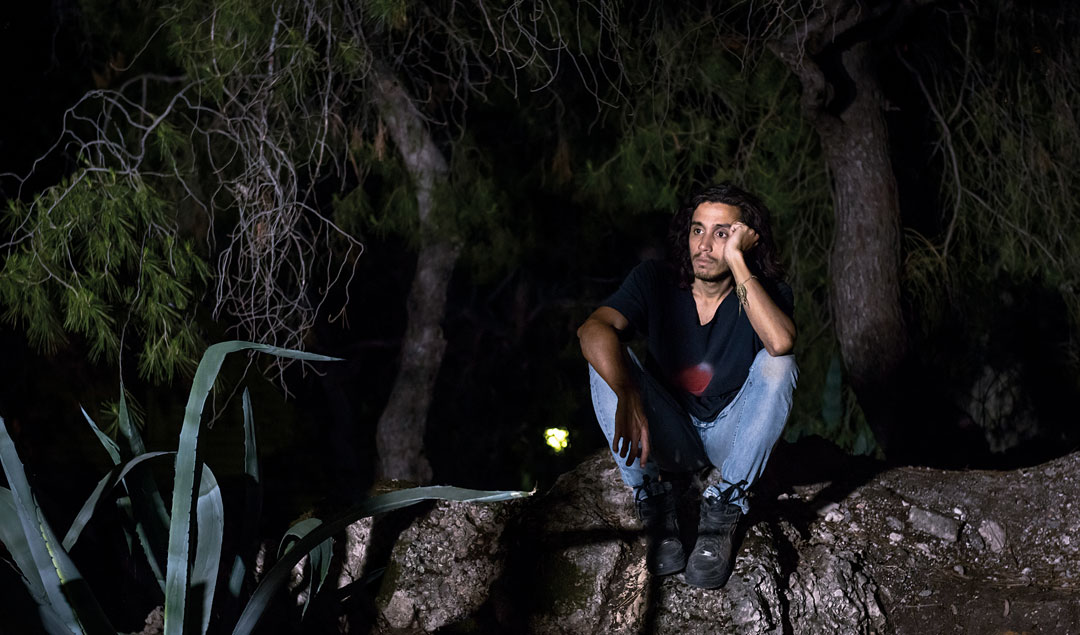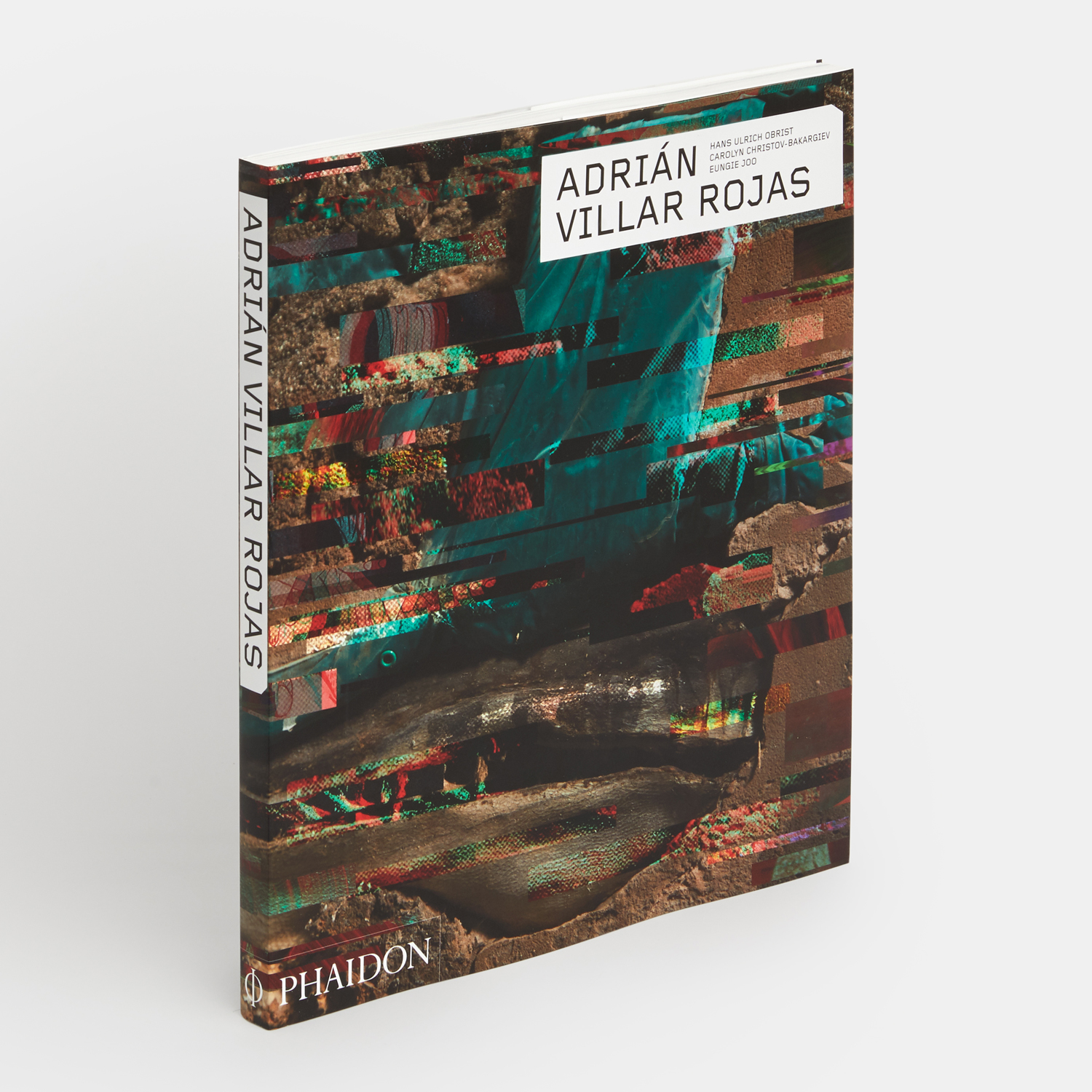
What would art look like after mankind has gone? Adrián Villar Rojas has an idea
In the artist’s 2017 LA show, The Theater of Disappearance, Villar Rojas considered our post-human future
Adrián Villar Rojas might be one of the 21st century's most impressive artists, but he also tries to push is work beyond the limits of his own place and age. The artist, whom the New York Times described as having “a sci-fi writer’s imagination and an ecologist’s anxieties,” isn’t really interested in making simple paintings or sculptures. Instead, he shakes up the boundaries between the gallery space and the work itself, calling both the role of the institution and the artwork into question.
In 2017, for The Theater of Disappearance, a show staged as a kind of fine-art dinner party on the roof the Metropolitan Museum in New York, which shook up the hierarches of that august institution, placing a reproduction of a sculpture of a dying Mexican girl next to an Egyptian scribe – “a profession that at the time (some 3,000 years ago) only men had access to” says Villar Rojas in or new book, - wearing the a mask of Ganesha, the Hindu god.
Villar Rojas kept the show’s title for a series of subsequent exhibitions, each of which dealt with similar, thought not entirely the same ideas.
When The Theater of Disappearance was staged later that same year at the Geffen Contemporary at MOCA in Los Angeles, the treatment had changed. In this instance, the artist responded to the kind of 21st century dreams and nightmares LA embodies.

“The West Coast is moving from a much more self confident and sunnier present to a future directed by a highly dynamic society with the highest GDP in the United States, the post-human Hollywood of the blue screen and nearby Silicon Valley, “ he explains in our new book, “whose ‘utopian horizon’ is to develop an app for every aspect of life’s rugosity [roughness]. If the Met is the safety box where the material traces of the past are preserved, the West coast is where the totality of human noise will live digitally in a data centre that’s no bigger than a football stadium.”
If that digital, post-human dream comes true, what happens to the art? The MOCA/Geffen show tried to offer a glimpse of what a cabinet of curiosities might look at under these circumstances. In a series of high-tech freezer cabinets the artist and his assistants assembled a wide array of earth’s treasures, including fossils, ancient human remains, crystals, pieces of robotics, bits of banana peel, fine-art cast-offs from Villar Rojas’s previous projects, as well as homages to other artists.
There was a version of Marcel Duchamp’s 1913 piece, Bicycle Wheel, an artist who addressed similar concerns, in the way Duchamp tried to destroy any idea of visual art with his simple readymades. In our book, Villar Rojas considers “the last frontier, the one in charge of emptying the signifier ‘art’ of all content;” and how art might, make a “circular journey from ‘art’ to ‘prime matter’ and then to ‘art’ again.”
In the past, Villar Rojas has grappled with the idea of the limits of the anthropocene, or the geological epoch during which humankind has shaped the earth’s geology. He’s thought about “the impossibility of experiencing something that goes beyond our temporality and expectations, which are all formed around our anthropic desires and limitations,” as he puts it in our new book.
No one knows what might happen if and when humankind overshoots the world’s resources, or sloughs off the body to become a flickering of bits within a giant data center. Yet if anyone an offer a close approximation of what human culture might look like once humankind has gone, it’s this adventurous, questing contemporary artist.

To read more from the artist, and to see many more images of Villa-Rojas’s work, order a copy of our new Contemporary Artist Series book here.